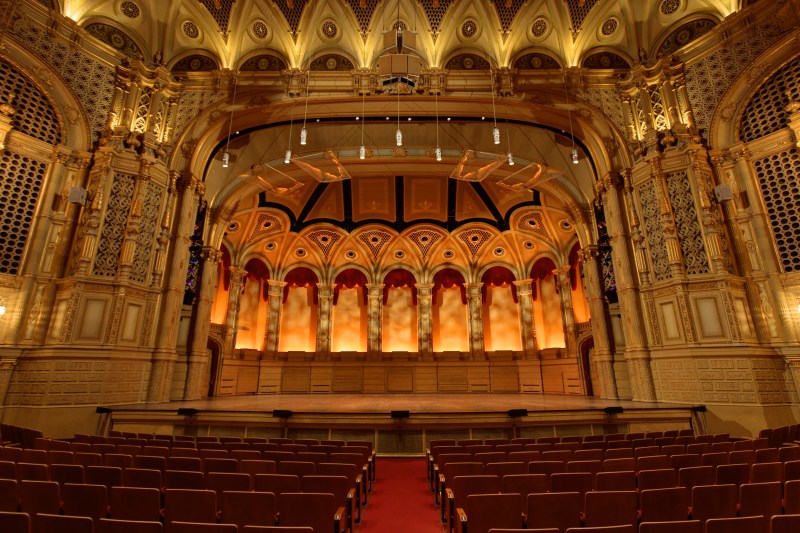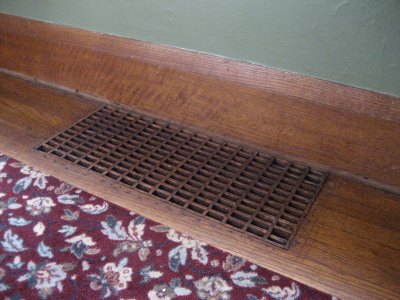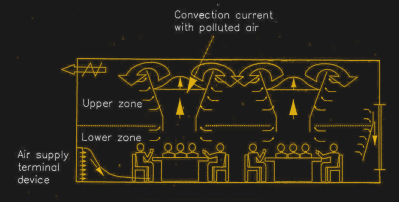
The world has been shaken to its core by a respiratory virus pandemic. Humanity has been raiding the toolbox for every possible weapon in the fight, whether that be masks, vaccinations, or advanced antiviral treatments.
As far as medicine has come in tackling COVID-19 in the past two years, the ultimate solution would be to cut the number of people exposed to the pathogen in the first place. Improving our ventilation methods may just be a great way to cut down on the spread. After all, it’s what they did in the wake of the Spanish Flu.
Up, Up and Away

When most of us think of Heating, Ventilation, and Air Conditioning, or HVAC, our mind probably wanders to ducted heating and cooling systems and those typical vents in the ceiling. Whether it’s at home, in the office, or in retail settings, this is one of the most typical kinds of ventilation used in modern buildings.
Some systems run in a recirculating manner, while others bring in additional fresh air from outside. Either way, they essentially spray conditioned air into the top of a room. They rely on the velocity of the air to mix the conditioned air throughout the entire space.
This is referred to as “mixing ventilation” for the way it ends with a relatively homogenous mixture of air throughout a given space. When dealing with a virulent airborne pathogen, the problems with this method are obvious. It’s a great way to ensure viral particles get evenly distributed in a room, where they can infect many people.
 Displacement ventilation works differently, by taking advantage of the buoyancy of warmer air. When ventilating in this manner, low velocity air is fed to the lower levels of a space. This air then picks up warmth from occupants of the space, lighting, and such, and then gradually rises to where it is extracted at the ceiling.
Displacement ventilation works differently, by taking advantage of the buoyancy of warmer air. When ventilating in this manner, low velocity air is fed to the lower levels of a space. This air then picks up warmth from occupants of the space, lighting, and such, and then gradually rises to where it is extracted at the ceiling.
The air can be cooled or simply fresh air of ambient temperature, or the system can be used to deliver warm air for heating a space. In the latter case, it may not be the most efficient heating method, as the warm air quickly rises upon entering the space. However, it still works, and maintains the fundamental principle of ventilating a space from bottom to top.
This method has powerful benefits for human-occupied spaces. The flow generated from the ground to the ceiling helps carry away undesirable elements in the atmosphere, immediately removing them from the occupied zone. In contrast, mixing air systems tend to churn all these up in a room, distributing them homogenously. All the bad stuff, from viral particles to carbon dioxide, gets sucked up and out. All one need do is supply fresh (and ideally filtered air) at the lower level and the room is nicely ventilated with a healthy atmosphere. Studies have shown that displacement ventilation can cut CO2 levels in classrooms by 17-27%, with potentially beneficial knock on effects to health and cognition.
It’s not actually a new idea; displacement ventilation has been around for a long time. Such a system was famously implemented in the Orpheum Theatre in Vancouver, BC, when it was built in 1927 in the wake of the Spanish Flu epidemic. Fresh air was brought in from outside, and dust and contaminants were removed by passing it through a water spray system. It was then heated as desired, and delivered to the theatre via mushroom-like vents placed under the seats. The air delivered would then rise through the space, exiting through various openings in the porous ceiling. This was notably a great way to remove cigarette smoke from the theatre during a performance, and came with benefits to carbon dioxide levels and pathogen spread, too.
Displacement ventilation isn’t the norm, particularly in residential applications. Those that don’t work in the world of HVAC may not have even heard of it. However, buildings from Carnegie Hall to lecture theatres at the Norweigian Institute of Technology all rely on this method of ventilation.
However, the fundamental equipment and principles involved are simple. Any properly qualified HVAC technician could apply these principles to a given space. It’s straightforward to implement, and it’s not cost prohibitive. For spaces in which it’s desired to cut down on pathogen transmission, the benefits are there for the reaping!
[Banner photo: “Orpheum Theatre Vancouver View Of Stage” by MichaelThoeny]
The Benefits of Displacement Ventilation
Source: Manila Flash Report
0 Comments